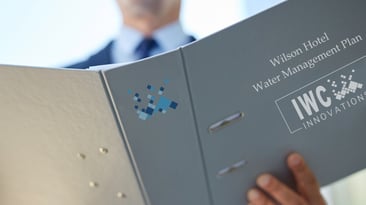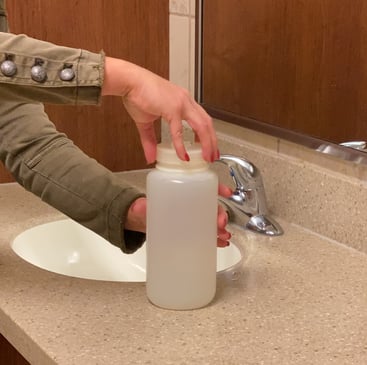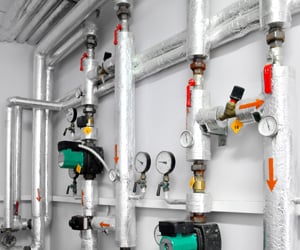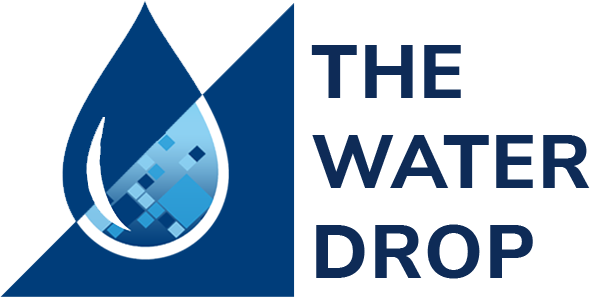The Water Drop™: Episode 22
Dealing with Legionella Recurrence
2 min read
IWC Innovations Mar 23, 2020

Legionnaires’ disease arrived in the United States during the 1976 Philadelphia outbreak that included 182 cases of pneumonia and 29 deaths. Almost 44 years later, major outbreaks throughout the United States have again hurled Legionella into national headlines. Legionella is now the number one cause of waterborne disease outbreaks in the United States.
Legionella bacteria occur naturally in water, but have optimal growth at warm temperatures. Wherever there are water and pipes, eventually one can find Legionella, including many human-made building water systems.
Legionnaires’ disease is caused by Legionella pneumophila, a kind of bacteria that often spread through HVAC systems or showers. The illness is contracted by breathing in contaminated water vapor. Its symptoms resemble pneumonia, and it is often fatal.
Legionella has the potential to surface in any building. Many facilities harbor the bacteria in small quantities without issue, but maintaining proper standards and preventative maintenance can help lower risk of an outbreak.
Building owners and operators can prevent Legionnaires’ Disease. How can this prevention be accomplished you might ask?
1) Develop a Water Management Program that:

2) Test Your Water – we recommend quarterly testing for optimal monitoring. Many states such as New Jersey recommend quarterly testing. As a company we always follow individual state recommendations with our clients.

3) Understand Your Facility Water System – there are many areas in a building vulnerable to Legionella. Legionella thrive between 95-115° Fahrenheit. Biofilm, sediment, and scale all provide sources of Legionella growth.
• Maintain anti-corrosion and scale prevention programs throughout your entire facility water system. Legionella thrive in scale and mineral deposits in water lines. Be sure to keep these lines clean.
• Legionella control should always be considered when making decisions about pipe and fixture materials, hot water heaters, and plumbing system design.
4) Know Your Enemy – Educate yourself on Legionella the type of bacteria that causes two forms of pneumonia – Pontiac Fever and Legionnaires’ Disease. Know the symptoms, treatments and latest statistics surrounding Legionnaires’ Disease.

The role of liability in the control and prevention of Legionnaires’ disease has been mixed in the United States. Multi-million-dollar lawsuits are not uncommon for Legionnaires’ disease when the environmental source is tracked to a large building or other entity where the owner and/or other persons are responsible for the safety of those served by an implicated water system. Manslaughter charges have been filed on rare occasions. To protect their clients, some lawyers have advocated that the water facilities considered at risk (e.g., hotels, hospitals) test their water for Legionella as part of a thorough Water Management Program.
If you would like help in knowing how to best prevent Legionnaires’ Disease in your facility. Contact IWC today by calling 1-877-IWC-PLAN or clicking the button below.
 Read More
Read More

How Does Legionella Grow Within the Water System?

What is the Best Way to Prevent Legionella?